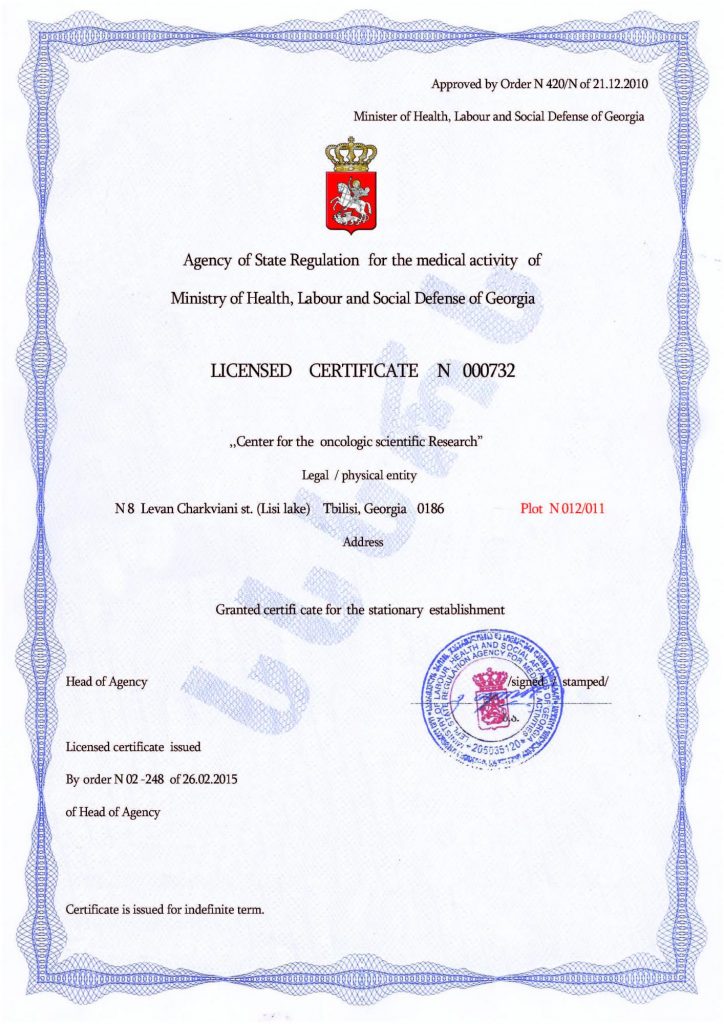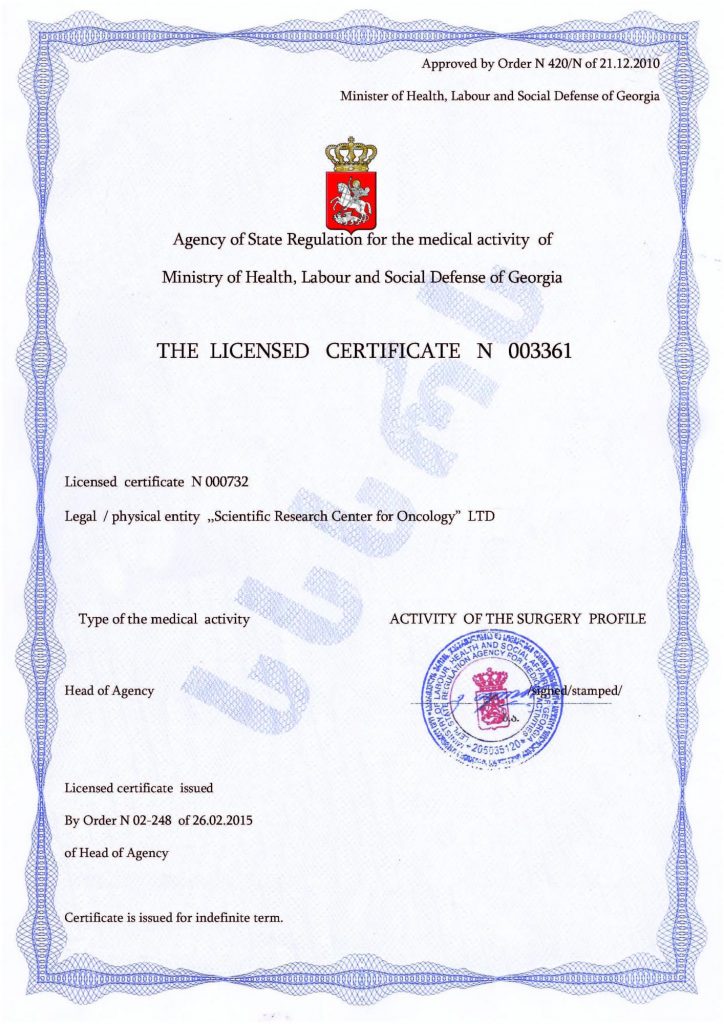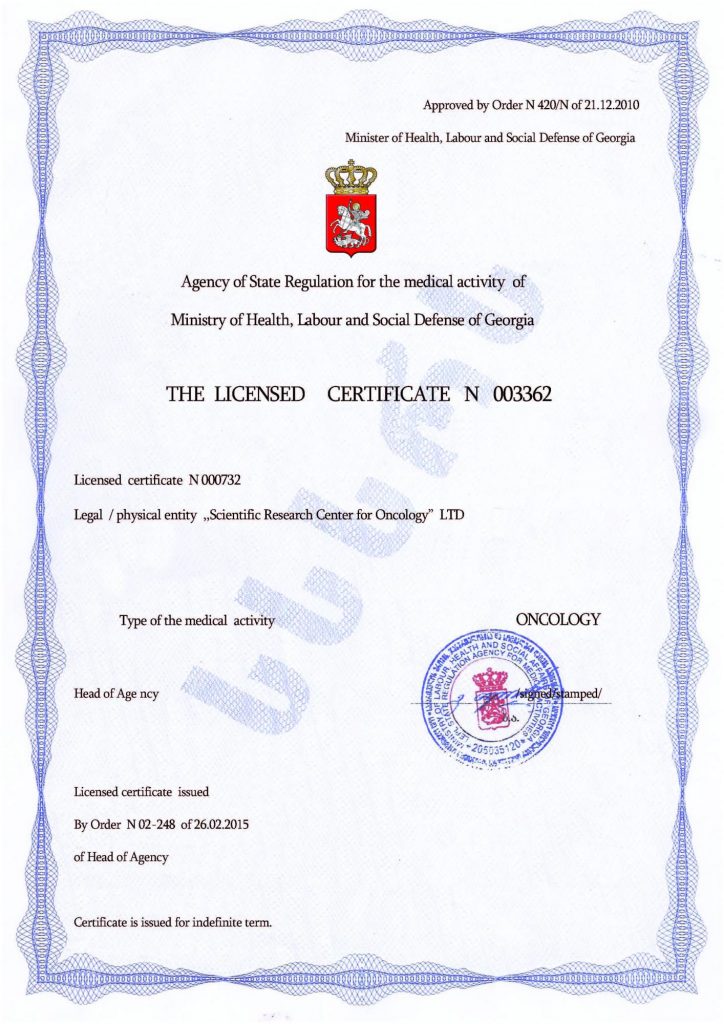Artificial Intelligence in the Diagnosis and Treatment of Autism
Artificial intelligence (AI) has become one of the most important technological achievements in recent years. It is used effectively in a variety of fields, including medicine. AI can be used for the early diagnosis of autism spectrum disorders, whose symptoms often go unnoticed. There is another option: symptoms may be confirmed, but often only after a long period following the first barely noticeable signs, as monitoring the patient takes time.
Unlike humans, a computer does not miss the smallest detail and is impartial, allowing for precise and error-free diagnostics using AI, which enables earlier intervention — therapy that stimulates cognitive, social, and language development in children. Generative AI is especially important because it can analyze thousands of hours of video recordings to identify behavioral patterns that may indicate autism — repetitive movements, social withdrawal, or unusual play behavior, even in infants. By identifying these signs, which are often overlooked, AI can help determine whether a child has autism or at least a predisposition to develop it.
Generative AI is also crucial for another reason. Autistic individuals often experience delayed speech development. Today, AI is used to study speech patterns and detect early signs of autism, which may manifest in unusual intonations, repeating what others say, or limited vocabulary. Moreover, AI can analyze the child’s speech in everyday situations, helping to detect these signs earlier than in formal clinical settings, where children may behave differently. Additionally, AI is capable of “learning” and improving, and its use as a conversational partner helps develop communication skills.
Furthermore, generative AI can recognize unusual facial expressions and avoidance of eye contact — signs that are often associated with autism. With integrated eye-tracking technology, AI can determine whether a child is following signals directed at them or if their gaze is focused on objects rather than faces, which is an early indicator of autism. AI also analyzes the smallest changes in facial expressions — for example, restraint or lack of facial expressions when interacting with even the closest people.
Mobile devices, particularly smartwatches powered by AI, play a key role. These devices track a child’s activity, attention, and social interactions, collecting data from the child’s natural environment in real time. By analyzing this information, AI can detect repetitive behavior or social withdrawal from peers. Continuous monitoring reduces the need for clinic visits and provides parents and doctors with more effective and faster ways to diagnose autism spectrum disorders.
- Generative AI, by enhancing the accuracy of early autism diagnosis, gives doctors the ability to make more informed decisions about intervention strategies. The technologies that guide AI and its methods of application continue to evolve, which will allow for earlier and more precise diagnoses and improve treatment outcomes. Additionally, since generative AI can synthesize text, images, videos, or combinations thereof, it can be successfully used to develop language and communication skills.
- Speech pattern analysis algorithms and real-time feedback mechanisms make exercises more interactive, and some applications can transform gestures or symbols into speech. Programs like LAMP Words for Life and Avaz offer customizable dictionaries, which help facilitate seamless communication.
- One of the key advantages of AI is its ability to “tailor” universal therapy methods to the specific individual. Over time, programs learn to understand the user’s behavioral traits, allowing for adjustments based on the progress made. In other words, the autistic individual overcomes communication challenges at a pace that works for them, making therapy more effective and less stressful.
The emergence of AI has been a breakthrough in technology, the importance of which cannot be overestimated. However, there is another innovation that is not merely supportive or auxiliary but allows for the treatment of autism itself, without just focusing on symptom correction. Stem cell therapy has become the most notable modern development in medicine, enabling the treatment of a wide range of diseases and pathological conditions. After transplantation, the patient’s stem cells, which are not rejected by their immune system, transform into healthy analogs of damaged brain cells, which were unable to function properly due to receiving distorted information. This method can help overcome or minimize autism symptoms affecting emotional states, reactions to external stimuli, and general development speed.
This approach has garnered attention in leading clinics worldwide, where it has become a key tool for specialists treating autism. It is successfully applied at the Mardaleishvili Medical Center, equipped with the latest technology. Highly skilled doctors with extensive experience work there, and the prices are lower than in other countries with developed healthcare systems. From the planning stage of the trip, patients receive all the necessary assistance.
Technology protects health — see for yourself through stem cell therapy!
Autism Treatment Center Videos
Autism treatment with own stem cells
Cord blood association congress
International Quality Crown
Autism Treatment Reviews
Autism treatment with own stem cells
The story of Alessandro (6 years old)
Autism Patient Testimonial - Stem Cell Treatment
Clients Testimonials
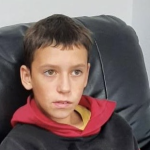
Feedback from Igor, David’s father (12 years old) Read More

Feedback from Olga, Fedya’s mother Read More

Feedback from Natalia, Radomir’s mother (15 years old) Read More
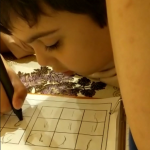
Feedback from Esther, Samuel’s mother (8 years old) Read More
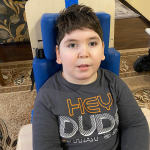
Feedback from Abibe, Selim’s mother (7 years old) Read More









